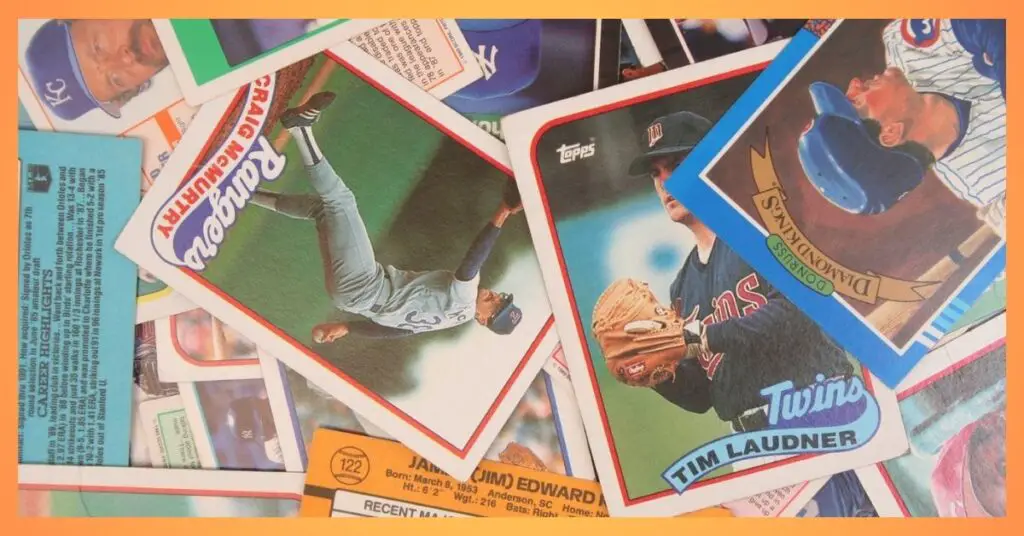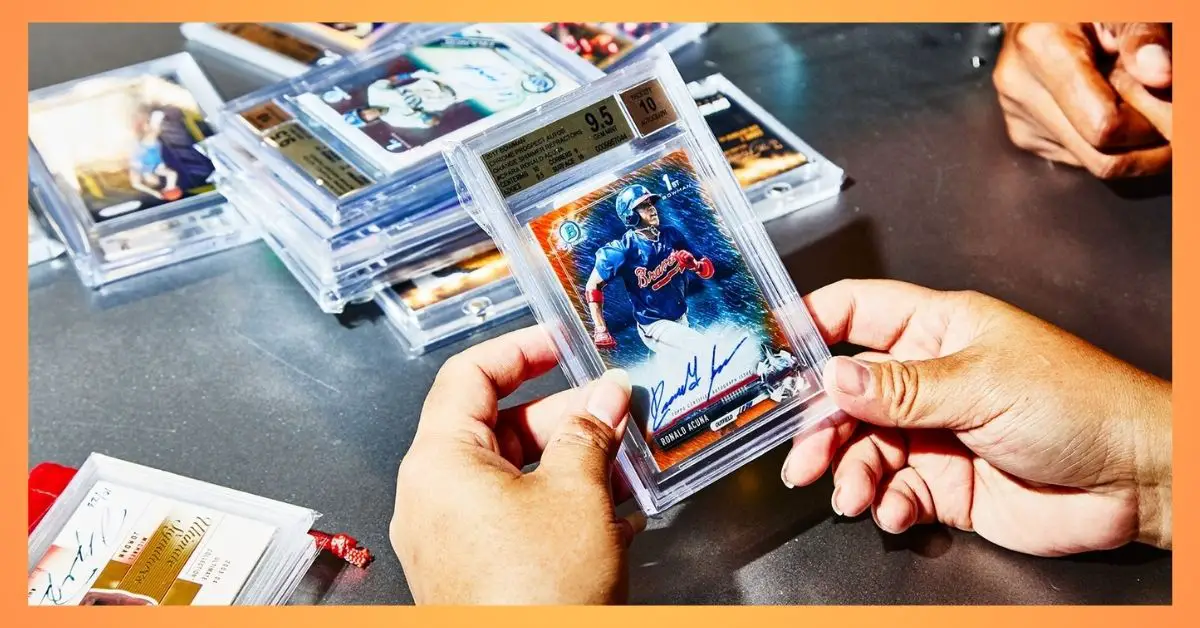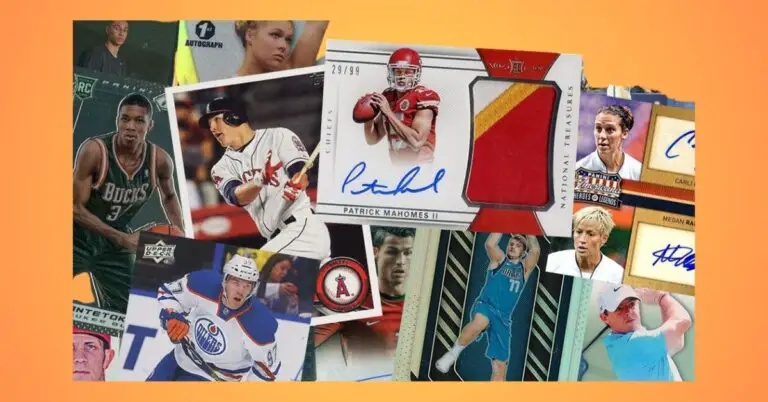How to Prepare your Cards for Grading? | Advanced Techniques
A mint condition trading card can be worth thousands more than a worn one. For fans, collectors, and investors, it is important to know how to prepare cards for grading. This can make your collection more valuable.
Getting back a freshly graded card feels like unboxing a rare find. You can increase its value and gain respect in the community. We will share expert tips on how to prepare your cards for grading? to help them look their best.
How to Prepare your Cards for Grading?
To prepping cards for grading:
- Keep them clean.
- Wipe each card with a microfiber cloth to remove dust and fingerprints.
- Put the card in a penny sleeve to protect it from scratches .
- Then place it in a semi-rigid holder.
This two-step process protects the card and helps it stay in good condition while being transported.
Card cleaning sparks different opinions among collectors. Some think that cleaning can damage the card’s surface or change its authenticity. Others believe cleaning can improve how a card looks and its potential grade. Those who support careful cleaning suggest using special products made for trading cards to prevent damage.
No matter your view on this issue, proper preparation and protective measures can help increase both the perceived value and actual grade of your cards when you submit them for professional evaluation.
Advanced Card Cleaning Techniques
To keep your cards in great condition, you need to clean cards for grading. You should know what materials they are made of and use effective methods to reduce damage.

Paper vs. Chrome Cards
Paper cards, especially vintage ones from brands like Topps or Upper Deck, need careful handling. They can easily get damaged by strong chemicals, so it is best to use a gentle method. A soft microfiber cloth with a little water or a mild solution can remove dust without scratching or fading the colors. Always hold the cards by their edges to prevent fingerprints and smudges.
Modern Chromium cards, like those from Topps Chrome and Panini Prizm, have a tougher surface that can handle stronger cleaning methods. A good polish made for card surfaces can help restore shine and remove fine scratches and dirt. Apply the polish gently with a suitable cloth, using quick circular motions usually works better than straight strokes, which might leave new scuff marks. Knowing these tips helps keep your collection in great shape and improves its look, attracting fans and collectors as they view your selection.
Setting Up Your Workspace
Setting up your workspace is important for keeping your cards safe while you clean them. A thin foam sheet gives cushioning and protection, stopping any unwanted movement that could cause scratches or damage. This careful setup helps you concentrate on each card without worrying about slips or accidents, keeping your workspace neat and organized.
To reduce contact with the card surface, use a penny sleeve. Slide part of the card into the sleeve to create a barrier between your fingers and the card. This method helps stabilize the card while cleaning and prevents oils or moisture from your fingers from transferring to it. When cleaning, use soft microfiber cloths made for delicate surfaces.
Removing Surface Scratches, Fingerprints And Other Imperfections
Using a polish applicator stick can greatly improve your card cleaning for grading. This tool applies polish gently, helping to remove surface scratches, fingerprints, and other flaws without causing damage. The precision tip lets you apply the right amount of polish directly to the problem areas, ensuring even and effective coverage.
After applying the polish, grab a microfiber cloth. Microfiber is made to trap dirt and particles without scratching your card. Use a light touch to wipe away the polish with gentle, sweeping motions. There is no need to press hard; let the fibers do the work. This protects your cards and also keeps them looking new for longer.

Fixing Corner And Edge Dents
To fix corner and edge dents on cards, use advanced cleaning techniques to improve their condition. Begin with a micro-eraser made for fine paper. This tool removes dirt and marks gently, protecting the card’s surface, especially in hard-to-reach corners.
For deeper scuffs or dents, a soft bristle toothbrush works well. Lightly brush the edges to lessen the appearance of small flaws without removing color.
Removing Edge Fibres
An essential aspect of thorough card cleaning involves removing the fibers from the edges. These tiny strands can build up over time, making the card look less appealing and possibly causing more damage if not removed. You can use a soft wooden toothpick or a craft knife to gently scrape away these fibres without hurting the card’s surface. This process improves the card’s appearance and keeps it strong, which is crucial for collectors who want to keep their cards in excellent condition.
To get scratches off Chrome cards, use microfiber cloths and special cleaners made for shiny surfaces. Gently wipe in circular motions to get a shiny finish without scratching. If you’re worried about dust or fingerprints, spray an anti-static solution before cleaning. This will clean the cards and help keep dust and oils away. By using these methods, your cards will stay beautiful for years.
How to Submit Cards for Grading?
Submitting cards for grading might feel overwhelming, but knowing the process can improve your experience and investment.

- Create an account with your chosen grading service before sending your cards.
- Choose the right service for your vintage or modern cards, as it can impact your experience and potential returns.
- Carefully add each card and its details to your order, noting any unique features or conditions that may affect their grades.
- Consider adding optional return insurance for extra protection during card shipping.
- This insurance protects you against losses or damages while your cards are in transit.
- Review all details one last time before placing your order.
- Mail your valuable cards, knowing they are on their way for professional evaluation.
Conclusion
How to prepare your cards for grading? Preparing cards for grading is important for achieving the best score. Use a microfiber cloth to keep them clean and free from dust and fingerprints, which improves their appearance.
A penny sleeve protects against scratches, and a semi-rigid holder offers extra safety for your cards. These easy steps will help maintain your cards’ quality and increase their value during grading. Start taking these precautions now to boost your collection’s chances of success!
Frequently Asked Questions
How to Pack Cards for Grading?
Packing your cards for grading requires the right materials and methods. Place your cards between two strong pieces of cardboard. Make sure the cardboard is larger than the cards to protect them from bending or creasing during shipping. This step greatly lowers the chance of damage, which is important because even a small scratch can lower a card’s value permanently.







